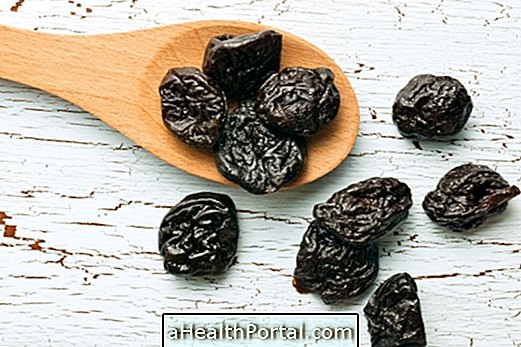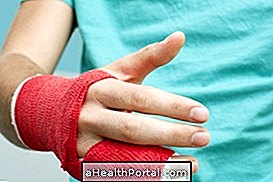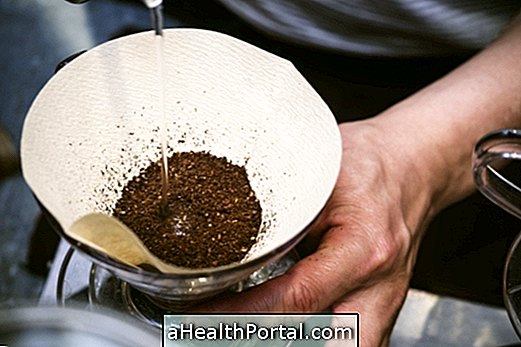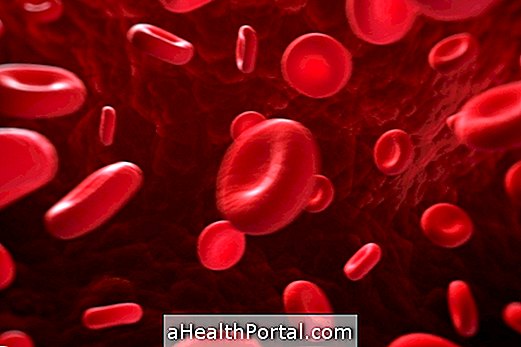The stye is an infection or inflammation of the glands that produce fat on the eyelids, around the eyelashes, but is not contagious, and therefore does not pass to other people and does not affect the other eye. This infection is usually caused by bacteria that already live on our skin, such as staphylococci, and not by picking up from another person.
Some people may have the stye repeatedly, just as it does in the boil. In these cases, the stye is probably being caused by some more resistant bacteria, and the use of antibiotics prescribed by the ophthalmologist may be necessary.
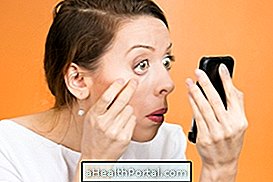

Why does the stye
What determines whether a person will develop this problem, or not, is the accumulation of secretion around these glands. People at greatest risk are:
- Adolescents, by the hormonal variation of age;
- Pregnant women, due to the hormonal alteration of this period;
- Children, by scratching their eyes with dirty hands;
- People who use makeup daily, for facilitating the buildup of secretion.
In addition, people who do not make proper eye hygiene, allowing them to accumulate a lot of secretion, are more likely to develop the stye.
If you have a stye, see what you can do to lessen the discomfort.
How to avoid picking up the stye
Some recommendations can be followed to avoid inflammation and contact of bacteria with the eyelids such as:
- Do the hygiene of the eyes when waking up;
- Always remove the makeup at the end of the day;
- Avoid scratching or putting your hands to your eyes often;
- Always wash your hands and thoroughly clean contact lenses when using them.
- This way, in addition to avoiding the stye, you will have a healthier facial skin.
See more information on what to do and what to do to treat.
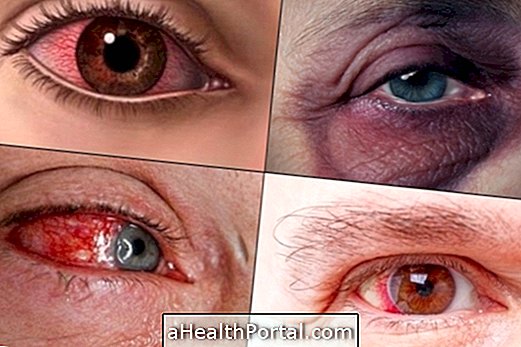
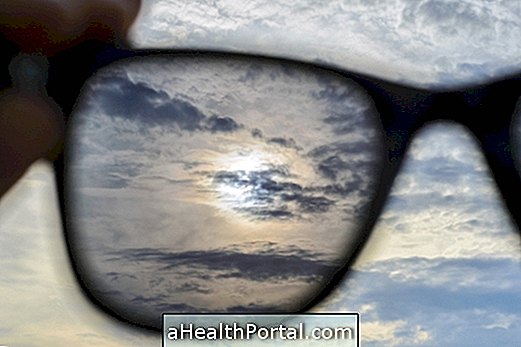
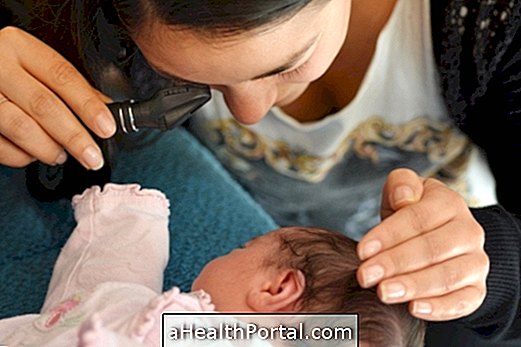

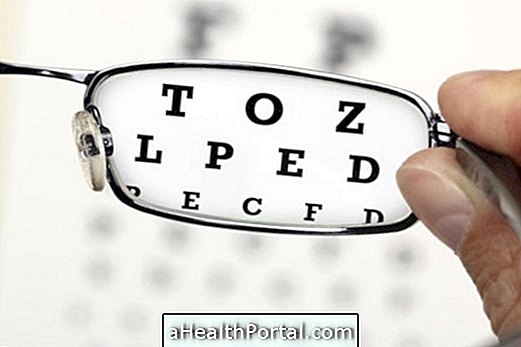
-o-que--como-identificar-e-o-que-fazer.jpg)


